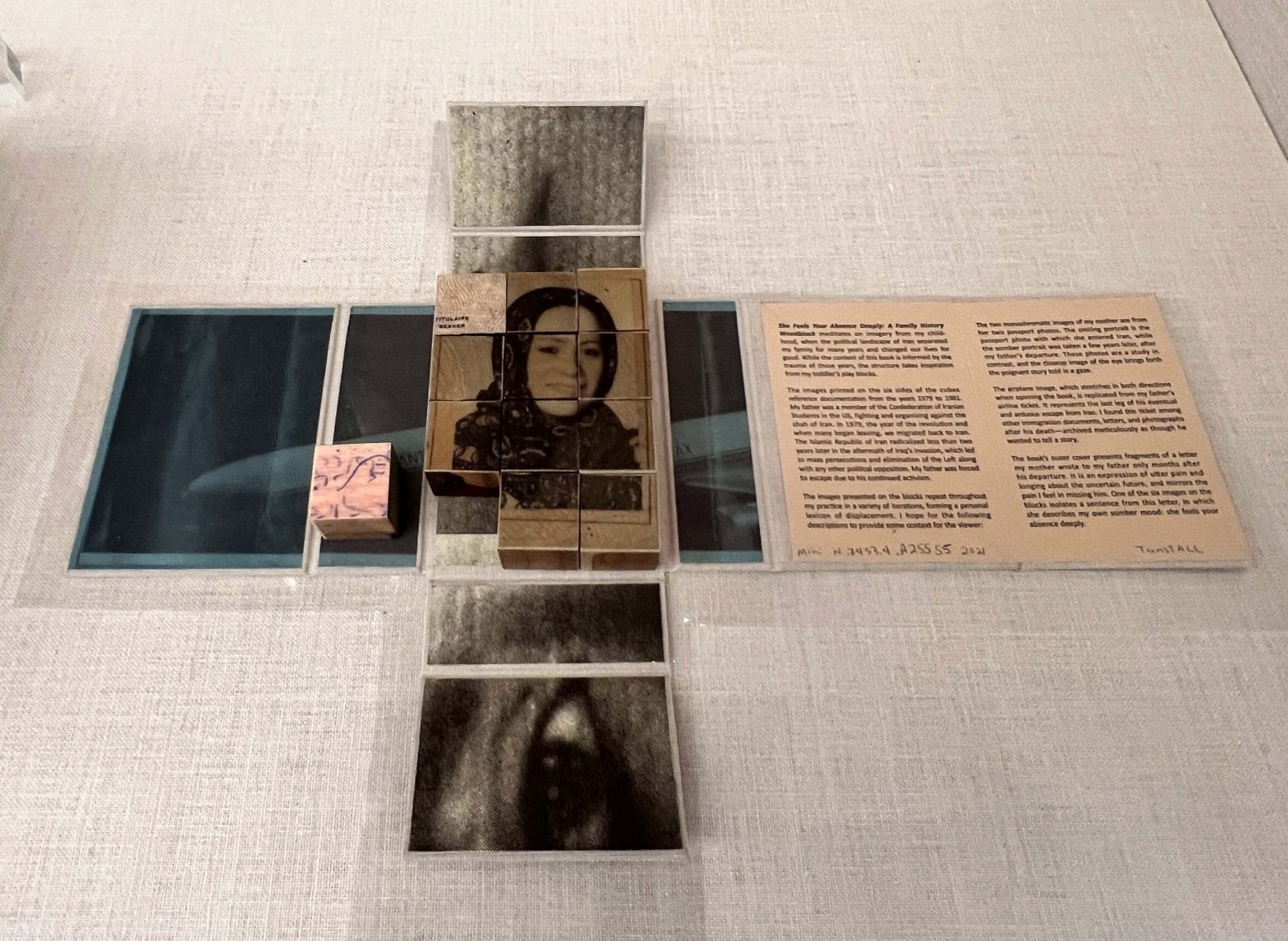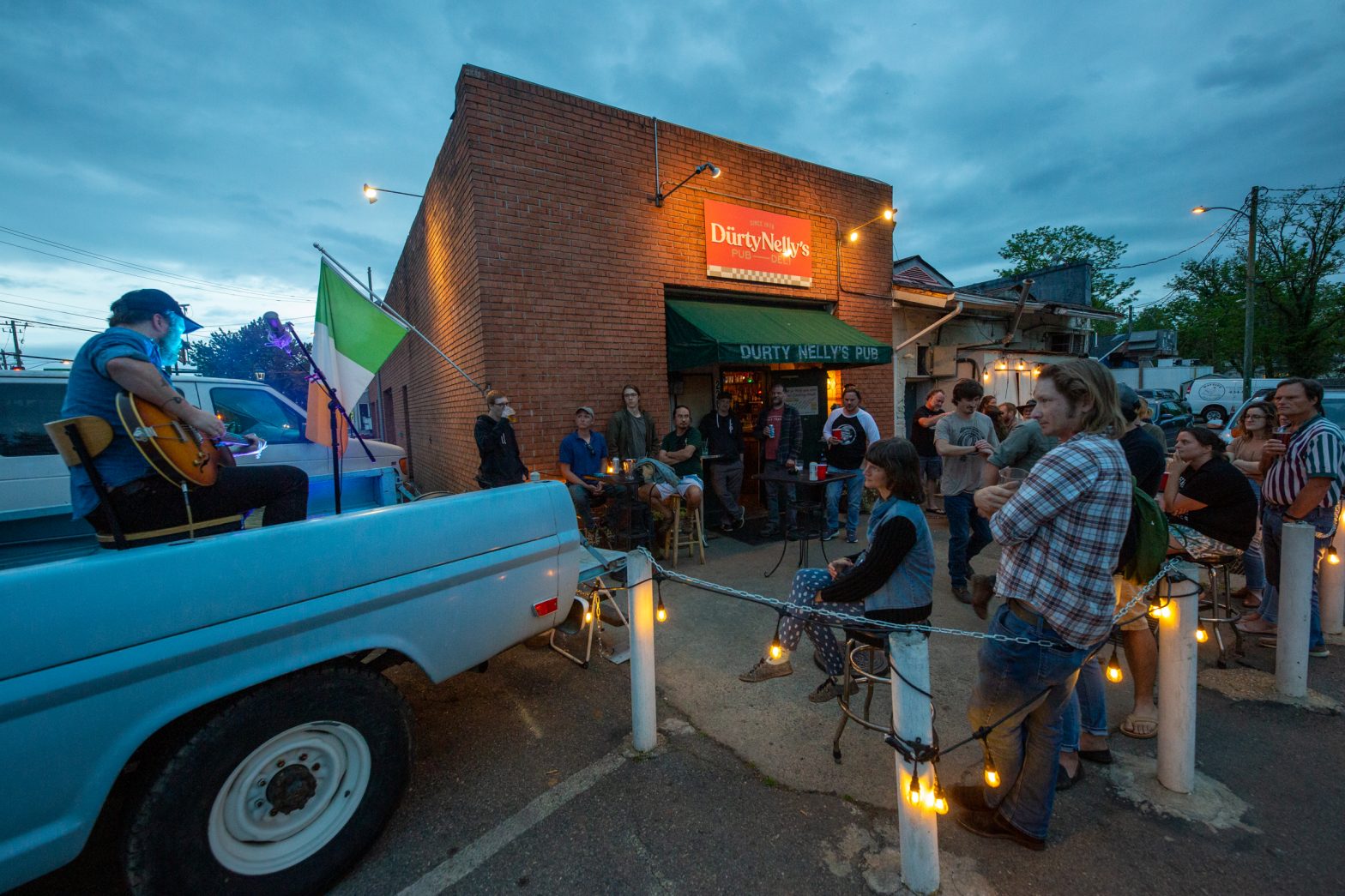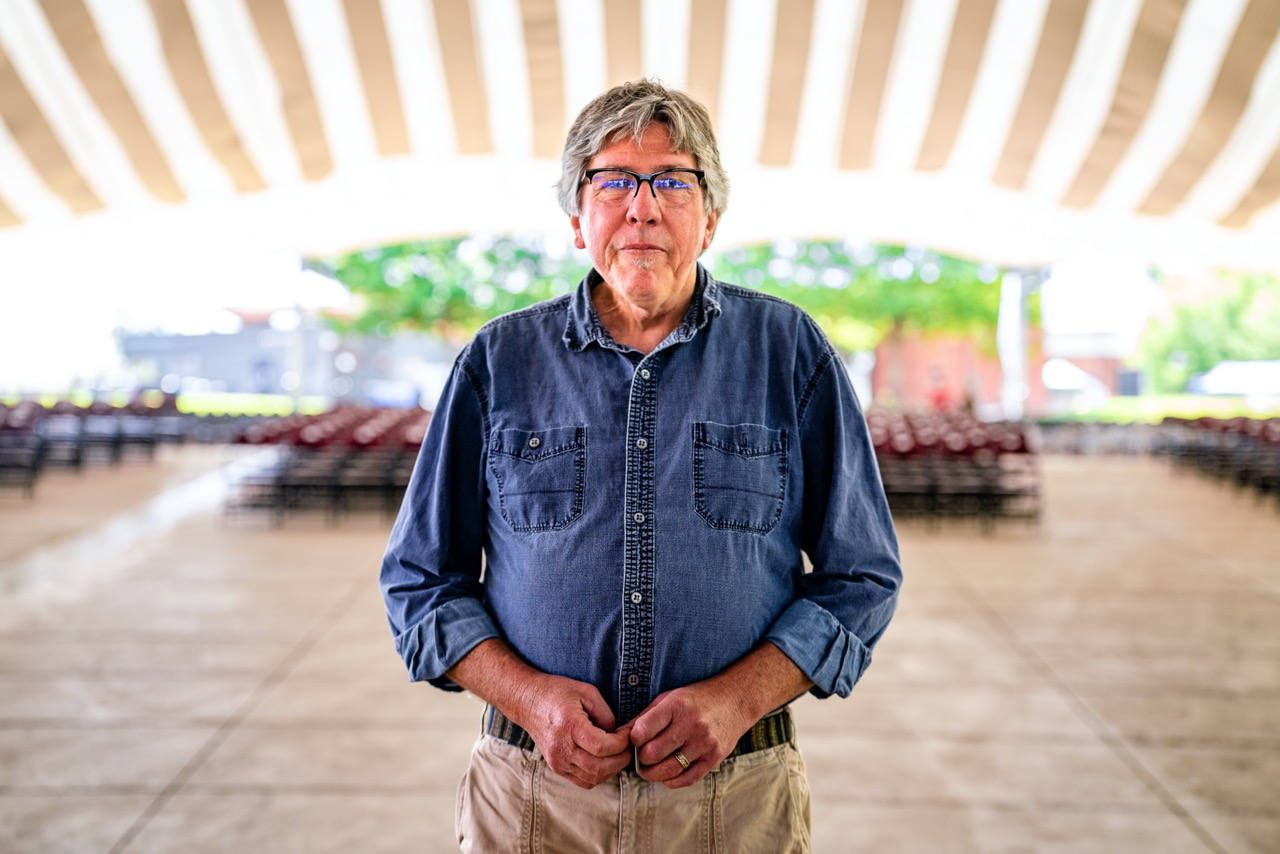Should Albemarle County supervisors pay a single landowner $58 million for 462 acres of land to help preserve the future of the area’s growing intelligence community? That’s the question for a June 21 public hearing.
“We know this project is a generational investment in our community’s vibrancy,” says J.T. Newberry, Albemarle’s interim director of economic development.
Rivanna Station makes up half of the estimated $1.2 billion economic impact the defense sector has in the region,
according to a recent report from the Charlottesville Regional Chamber of Commerce.
Tenants include the National Ground Intelligence Center and the Defense Intelligence Agency. The military base dates back to 1997, when the U.S. Army bought land to move NGIC out of downtown Charlottesville. NGIC is currently spending $90 million on an expansion for additional space and parking.
Jeff Richardson, a member of the county’s executive staff, says the question of whether NGIC might move to Missouri came up in 2018 when Albemarle met with Army officials about their future needs. At the time, new headquarters for the National Geospatial-Intelligence Agency were being planned in St. Louis.
Planning got underway for what the Army might want in order for Rivanna Station to expand. Richardson says the county used a real estate broker to enter into anonymous negotiations with developer Wendell Wood to purchase some of the land he owns under the firm Next Generation LLC. (At press time, officials with the Department of the Army had not returned a request for comment.)
“The Department of Defense had a strong preference to have as large a buffer from neighbors as possible, because it enhances base security,” Richardson says.
The future expansion of Rivanna Station would be about 100 acres, and Richardson says additional land could be developed for defense sector businesses that would be compatible.
With that in mind, they have also put forth a vision for something called the Intelligence Community Innovation Acceleration Campus, which is modeled in part after the future NGA facility in St. Louis.
“Based on the discussions that we’ve had with our partners at the state and their consultants, which are well connected with the intelligence community, we believe there is a strong desire to replicate this model on the East Coast,” says Deputy County Executive Trevor Henry. “Albemarle County sits in an ideal spot.”
Newberry says other partners would be needed to make this intelligence campus a reality, adding that Albemarle will work with state economic development officials and others.
“Not only do we need the land to be acquired but we also need to ensure the appropriate zoning is in place, due diligence has been completed, and that necessary infrastructure is in place,” Newberry says.
Five years ago, Albemarle purchased the former Readings by Catherine property on U.S. 29 North for $250,000, in order to preserve it for a future road connection.
Supervisors will get more financing details at their June 7 meeting.










